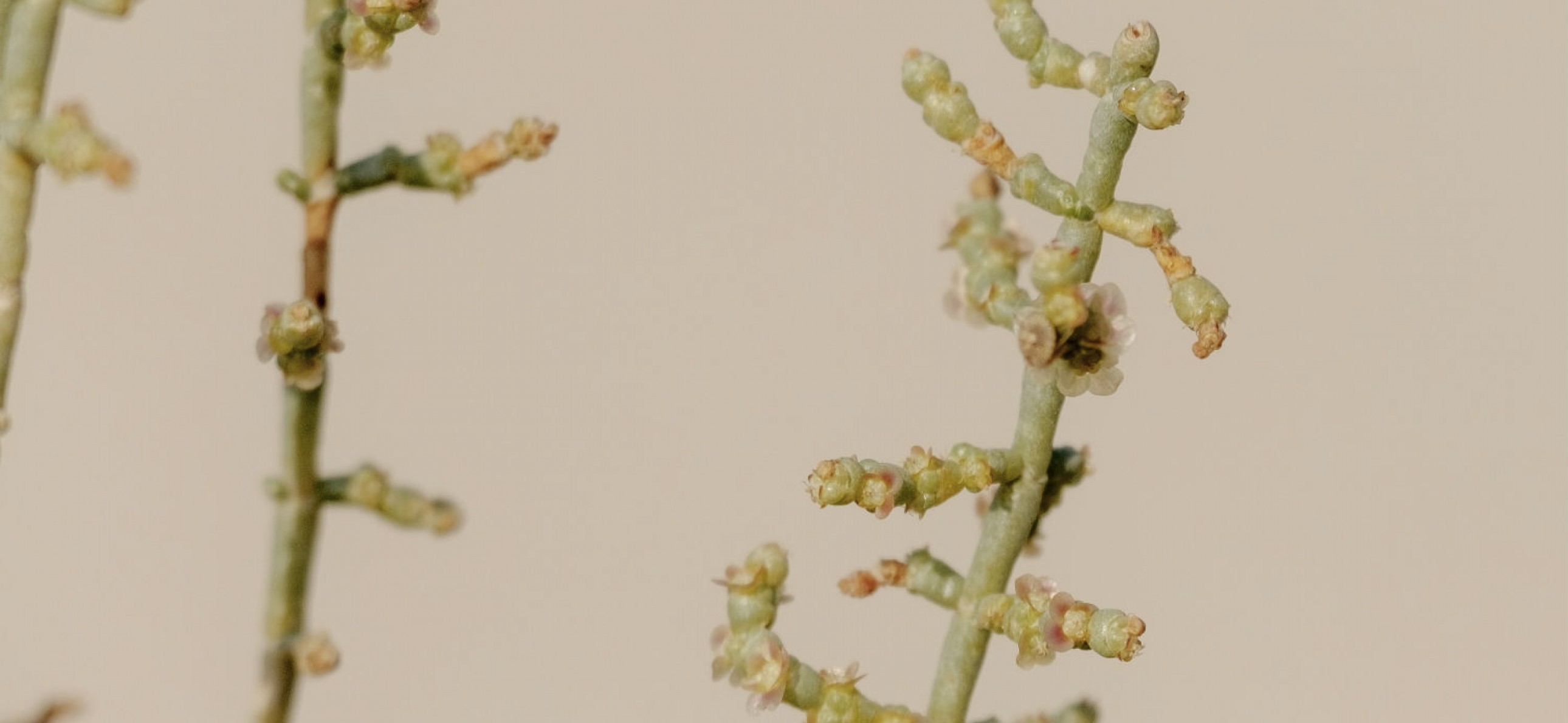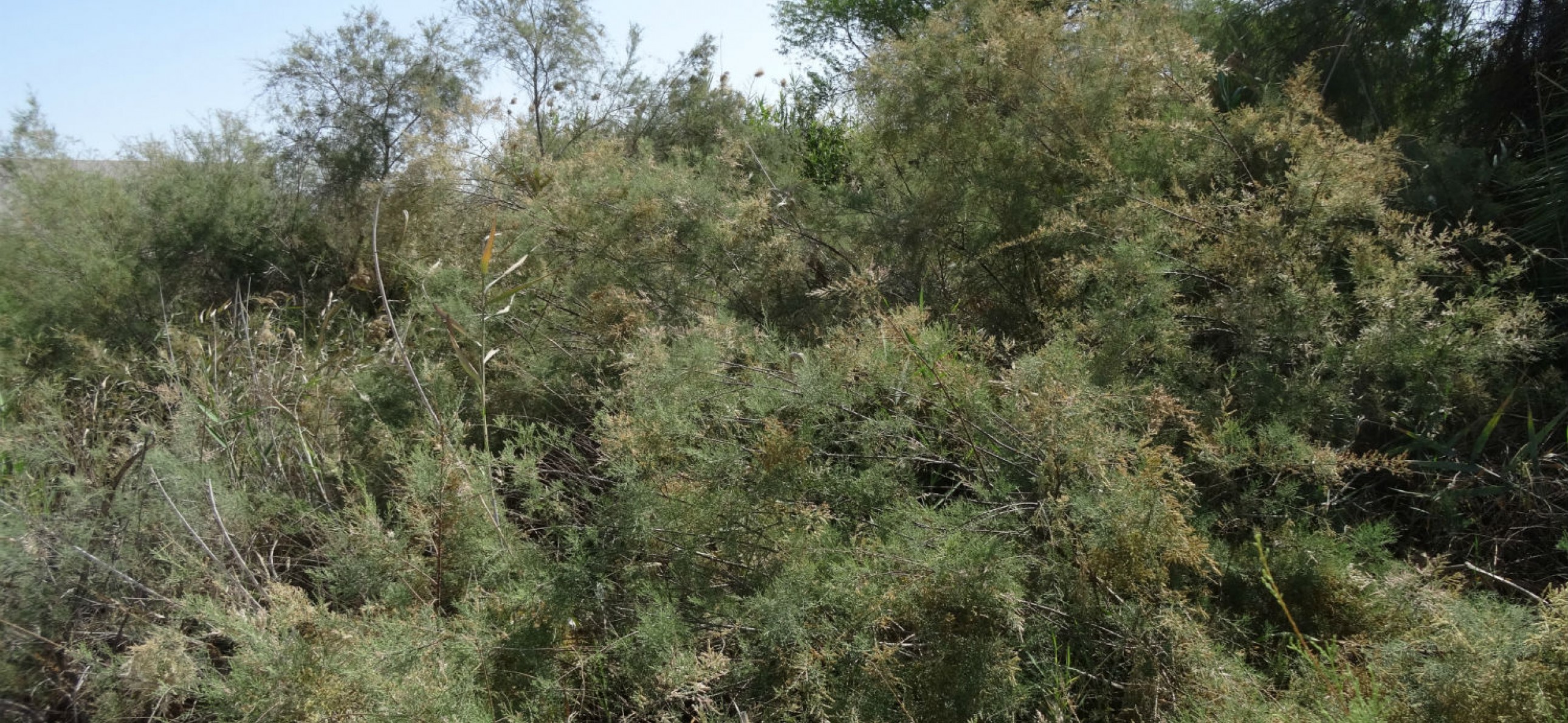Scientific Name: Tamarix aphylla
Arabic Name: Athl أَثْل
Also known as the Athl tree, this drought-resistant tree is closely linked to the Bedouin lifestyle, and is native to Western Asia, Yemen and the Mediterranean region found in sand, gravel plains and mountain flanks. With its many branches and scale-like leaves, it usually catches the attention of visitors with its unique, artistic look.
What’s cool is that these trees are salt, frost, heat, drought tolerant and is one of the trees most effective in combating desertification – talk about tough!
The evergreen plant “cries” at night, shedding salty tears from its leaves. It sheds the toxic salts, creating large deposits of salt in the soil. These are some examples of how the plant has adapted to the dry and saline conditions it inhabits.
The plant has supported life in the UAE in multiple ways such as, feed for livestock, like camels. In the past, the leaves were used to treat wounds and abscesses of the mouth, teeth and skin diseases in general. It is also mentioned in the Holy Quran because of its importance and value.
Two places you can see the tree yourself are al Wathba Reserve and Dubai Desert Conservation Reserve.
How can you help save the Athl from disappearing?
Click on the link for the knowledge hub glossary: https://www.connectwithnature.ae/knowledge-hub/knowledge-hub-glossary-0


